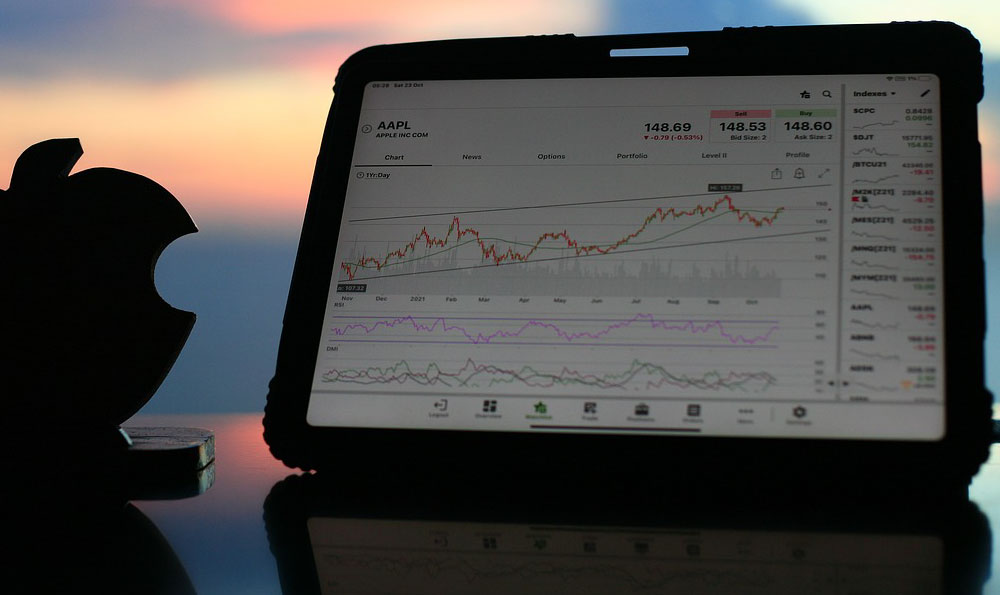how does a coffee shop make money: profitability insights
The profitability of a coffee shop hinges on a delicate balance between strategic decisions and operational execution. While the allure of the coffee industry often lies in its accessibility, the reality is that sustaining a profitable business requires meticulous planning, adaptability, and a deep understanding of market dynamics. For entrepreneurs and investors alike, analyzing the components that drive profitability in this sector offers valuable lessons in resource management, customer-centric approaches, and long-term growth. Whether operating a physical café or exploring digital investments, the principles of efficiency and innovation remain essential.
Understanding the Core Profitability Factors
A coffee shop’s primary revenue streams consist of beverage sales, food items, and ancillary services such as catering or merchandise. However, not all of these contribute equally to profitability. The margin on specialty drinks, for instance, tends to be higher than that on food, especially when prepared in-house. To maximize returns, businesses must prioritize offerings that align with their cost structure and demand. High-margin products like premium espresso or cold brew require careful attention to quality and pricing, while items with lower profit margins, such as pastries, must be marketed effectively to maintain volume. Profitability insights also emphasize the importance of understanding the local market: a thriving university district may favor a fast-casual model with appealing to students, while a downtown area might thrive on a boutique approach catering to professionals seeking a premium experience.
Cost Control and Efficiency Optimization
One of the most overlooked yet critical aspects of coffee shop profitability is cost control. Raw material costs, particularly for coffee beans and milk, can fluctuate significantly due to global supply chains and seasonal demand. Maintaining a buffer against these fluctuations—such as sourcing from local suppliers or locking in contracts—can stabilize margins. Additionally, operational efficiency plays a pivotal role in reducing overhead expenses. Streamlining the supply chain, minimizing waste through portion control, and leveraging technology for inventory management are strategies that not only cut costs but also improve scalability. For example, implementing a digital POS system can reduce human errors, optimize labor distribution, and provide real-time data on sales trends, enabling timely adjustments to pricing or menu offerings. These measures demonstrate how meticulous attention to cost structure and process optimization can directly impact profitability, a lesson that extends to managing financial portfolios where asset allocation and risk mitigation are equally vital.

Leveraging Location and Customer Traffic
Location remains one of the most significant factors in determining a coffee shop’s success. Proximity to high-traffic areas such as office buildings, residential neighborhoods, or tourist hotspots can drive customer visits and repeat business. However, the value of a location is not solely dependent on foot traffic; it also involves understanding the demographic profile of the area. A coffee shop near a tech startup hub may benefit from promoting specialty coffee and work-friendly atmospheres, while one in a younger, trend-driven community might focus on social media engagement and inventive menu items. Moreover, customer retention strategies are crucial. Offering loyalty programs, creating a unique ambiance, or hosting community events can foster a sense of belonging, increasing the likelihood of repeat visits. For investors, the analogy lies in identifying assets with strong demand growth and cultivating relationships that ensure long-term value, akin to building a customer base that generates consistent returns.
Expanding Revenue Streams Through Ancillary Services
While beverage and food sales form the foundation of a coffee shop’s profitability, ancillary services provide additional avenues for revenue. Partnerships with local businesses for cafés in office spaces, catering for events, or offering branded merchandise can diversify income sources. For instance, a coffee shop with a strong online presence might thrive on subscription-based services or home delivery, expanding its customer base beyond physical locations. Similarly, creating a premium experience through exclusive products or partnerships with local artisans can command higher prices. In the context of investment, this mirrors the importance of diversification and exploring complementary opportunities to mitigate risks and enhance returns. The key is to identify scalable ancillary models that align with the core business, ensuring a resilient revenue structure.
Navigating Market Trends and Consumer Preferences
The coffee shop industry is constantly evolving, shaped by shifting consumer preferences and emerging trends. Sustainability, for example, has become a key differentiator, with many customers opting for eco-friendly packaging and ethically sourced beans. Incorporating these trends into the business model not only appeals to a growing market segment but also reduces long-term costs associated with waste and supply chain issues. Similarly, the rise of health-conscious consumers has led to an increase in demand for plant-based options and low-sugar alternatives, requiring businesses to adapt their offerings. Investors can draw parallels here, as market trends in virtual currencies often reflect shifts in regulatory environments, technological advancements, and macroeconomic factors. Staying ahead of these trends by continuously innovating and offering value-added services is crucial for maintaining relevance and profitability.
Mitigating Risks and Ensuring Long-Term Viability
Profitability in the coffee shop sector is not guaranteed without proactive risk management. Economic downturns, changes in consumer behavior, or increased competition can all threaten a business’s margins. For example, a sudden rise in inflation may increase operational costs, necessitating adjustments to pricing or cost structures. To counter this, businesses often diversify their revenue streams, such as offering online ordering or retail products, to reduce dependence on a single source of income. Similarly, maintaining a loyal customer base through personalized experiences and quality assurance mitigates the risk of losing market share. In the realm of virtual currencies, risk mitigation involves thorough research, diversification of holdings, and safeguarding against market volatility. Both domains require a forward-thinking approach, balancing immediate gains with long-term stability.
The Power of Data-Driven Decisions
In today’s competitive landscape, data analytics has become a cornerstone of profitability. Modern coffee shops use customer feedback and sales data to refine their offerings, optimize pricing strategies, and improve inventory management. For example, analyzing the most popular menu items can guide decisions on which products to prioritize or scale. Similarly, tracking foot traffic patterns can inform staffing schedules and marketing efforts, ensuring resources are allocated efficiently. Investors in virtual currencies also rely on data to make informed decisions, such as monitoring market trends, analyzing historical performance, and assessing technological developments. The ability to interpret data and make evidence-based choices is a critical factor in achieving sustainable profitability, whether in a café or a digital portfolio.
Conclusion
Achieving profitability in the coffee shop industry demands a blend of strategic planning, operational expertise, and adaptability to market changes. By optimizing cost structures, leveraging location advantages, diversifying revenue streams, and embracing data-driven decision-making, entrepreneurs can enhance their chances of long-term success. For investors, these insights underscore the importance of balancing immediate gains with sustainable growth, while remaining vigilant against risks that threaten financial stability. The coffee shop model, though seemingly simple, offers a wealth of lessons in profitability, demonstrating that even in traditional sectors, innovation and precision are key to thriving in a competitive environment.















